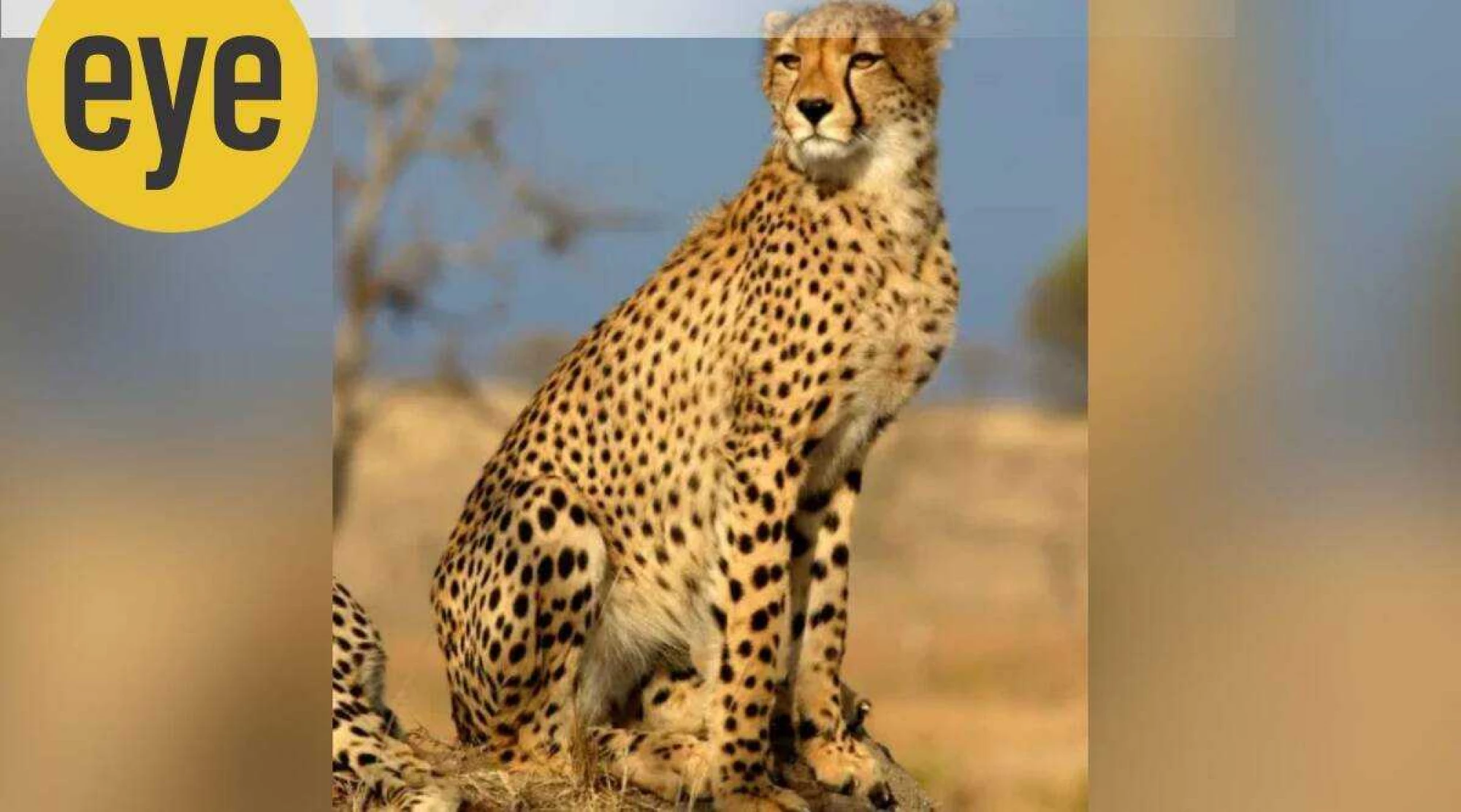Translocation of cheetahs: How to Befriend a Bilai Nahar | Eye News,The Indian Express

As India gears up to welcome the first batch of Namibian cheetahs in MP’s Kuno National Park, hope and trepidation abound in its adjoining villages
Sunday, Sep 18, 2022
ePaper
Today’s Paper
Journalism of Courage
HomeExplainedPolitical PulseIndiaCitiesOpinionEntertainmentLifestyleTechnologyVideosSportsAudioEducationPremiumInvestigations
Subscribe
Sign In
TrendingCrossword & SudokuUPSC KeyEveryday ExplainersHealth SpecialsAcademic CounsellingFollow AuthorsCricket
if (window.innerWidth) //if browser supports window.innerWidth
var page_w=window.innerWidth;
else if (document.all) //else if browser supports document.all (IE 4+)
var page_w=document.body.clientWidth;
//var page_w=screen.width;
if( page_w > 1024 ) {
jQuery(".add-left,.add-right").show();
}else{
jQuery(".add-left,.add-right").hide();
}
HomeEyeTranslocation of cheetahs: How to Befriend a Bilai Nahar
Premium
Translocation of cheetahs: How to Befriend a Bilai Nahar
As India gears up to welcome the first batch of Namibian cheetahs in MP’s Kuno National Park, hope and trepidation abound in its adjoining villages
Written by Iram Siddique
/// Story Page Editor Details ////
jQuery(".bulletProj").hover(function() {
var dividshow = '#div_'+jQuery( this ).attr( 'id' );
jQuery( this ).siblings("#div_written_by_parent").html( jQuery( dividshow ).html() ).show();
})
jQuery(".editor-details, .editor").hover(function () {},function () {
var dividhide = '#'+jQuery( this ).attr( 'id' );
jQuery( "#div_written_by_parent" ).html("");
jQuery( "#div_written_by_parent" ).hide();
});
Updated: September 18, 2022 12:55:22 pm
The Namibian cheetahs will first be put into a quarantine enclosure for a month before being moved into a five sq km-long enclosure, and then, finally, let out in the open jungle (Photo source: Wikimedia Commons)Wearing a gamcha around his neck that has ‘Cheetah Mitra’ embossed on it alongside a photo of the big cat, Lala Ram Adivasi sits amongst a group of villagers at Sesaipura gram panchayat, about 20 km away from Tiktoli entry gate of Kuno-Palpur National Park, trying to lay out the difference between a lion, a leopard and a cheetah.
Buy Now | Our best subscription plan now has a special price
The setting sun peeps through the dark monsoon clouds, casting a golden glow over the picturesque deciduous forest ranges of Kuno National Park. A handful of villagers, after finishing their day’s work, gather around Lala Ram at the tea shop near the panchayat office. On September 17, the Namibian cheetahs will first be put into a quarantine enclosure for a month before being moved into a five sq km-long enclosure, and then, finally, let out in the open jungle. For some villagers, the cheetah is a baghera, for others its bilai nahar, but for most it’s still a sher, a babri sher. But Lala Ram is here to bust some myths. “Babri sher is the biggest, followed by baghera and then comes bilai nahar, which is small in height but longer in length. What is being brought is a bilai nahar, also known as cheetah. Baghera or leopard has big dark spots covering even his face, but bilai nahar has small spots and, unlike baghera, it has black lines running from under both its eyes to his mouth on his face,” says Lala Ram pointing to the picture of the cheetah on his gamcha.
As Lala Ram finishes, forest guard Krisnakant Pathak chimes in with more information: “The cheetah is the fastest running animal in the world. It can go from 0-80 km in five seconds and run as fast as 120 km per hour.” He throws in some nifty maths to elaborate it further. “Yahan se Sheopur collector office hai 60 km par, toh ye samajh lijiye ki yahan se collector office ho ke wapas aa sakta hai cheetah ek ghante mein (The collector’s office is 60 km from here. So, the cheetah can cover the distance to and from the collector’s office in an hour).” Listening to Pathak, a villager remarks, “Even our bus doesn’t run this fast”. With this, the group bursts into laughter.
There is both confusion and excitement as the tiny hamlets of Sheopur with a sizeable population of Particularly Vulnerable Tribal Groups (PVTG) Sehariya tribes wait for the arrival of the first batch of eight cheetahs flown down nearly 9,000 km away from Namibia, as a part of an intercontinental cheetah translocation.
Rating: 5